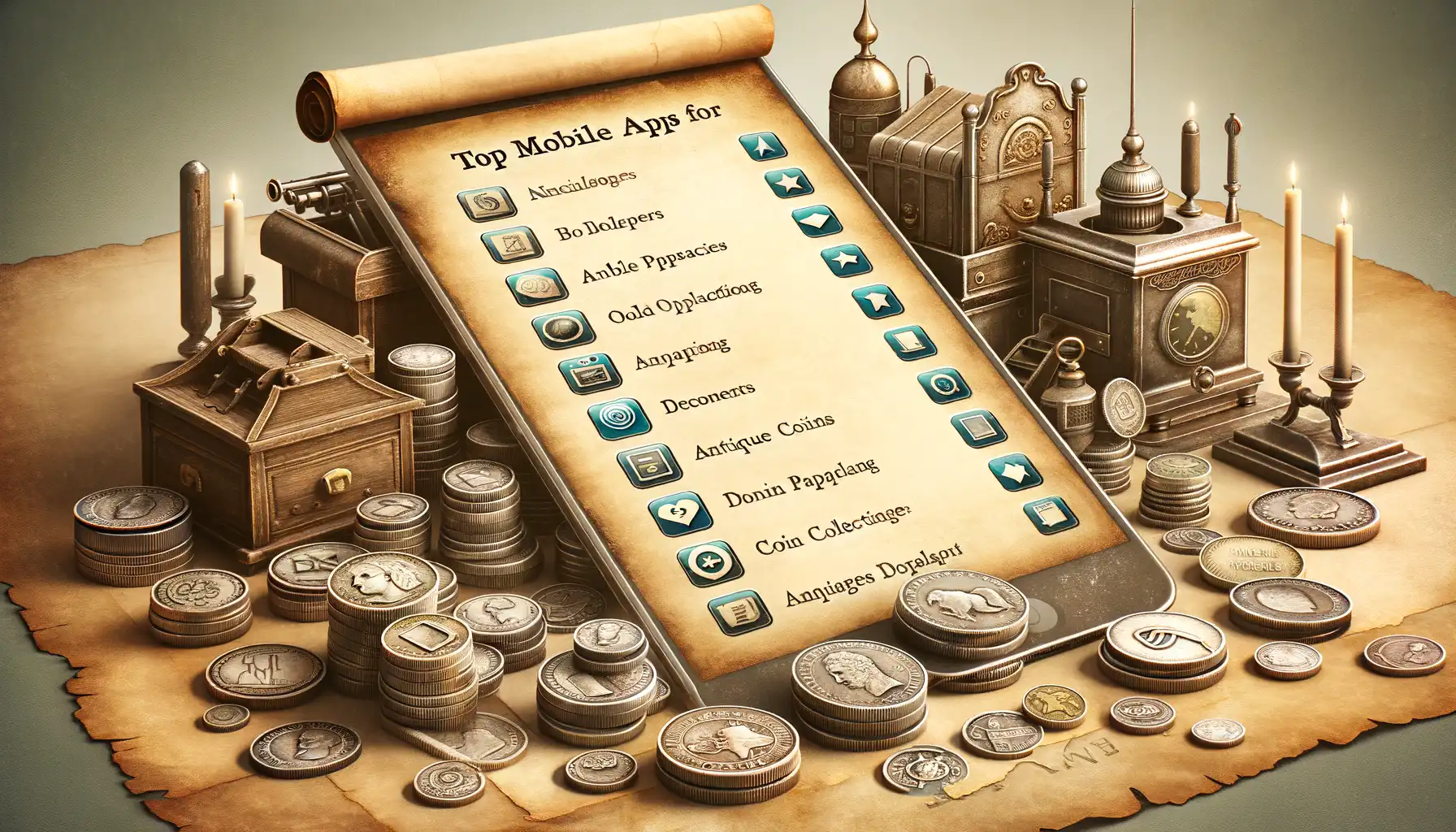Pricing is one of the most critical aspects of running a business, yet it’s often misunderstood or approached haphazardly. Many entrepreneurs struggle with finding the right balance between being competitive and profitable. However, pricing psychology offers valuable insights into how consumers perceive and respond to different price points. In this article, we’ll explore the fascinating world of pricing psychology and provide practical strategies for charging what you’re truly worth as a business owner or consultant.
The Power of Perception
Consumers’ perception of value is heavily influenced by their emotions and subconscious biases rather than just rational thinking. Here are some key concepts to keep in mind:
• Anchoring: People tend to rely on the first piece of information they receive (the “anchor”) when making a judgment, even if it’s irrelevant. If you set your price higher initially, customers will perceive your products or services as more valuable.
• Framing effects: The way a price is presented can significantly impact its perceived value. For example, offering a discount framed as a percentage seems more attractive than the same discount framed in currency terms.
• Scarcity and urgency: Perceived scarcity (e.g., limited time offers) creates a sense of urgency that pushes people to make decisions faster, often leading to impulsive purchases.
The Art of Bundling
Bundling is a powerful pricing strategy that can create perceived value and drive sales. Here’s how it works:
• Combining related products or services: By packaging complementary items together at a discounted rate, you can make the individual components seem more valuable as part of the bundle. This is why many businesses offer subscription plans that include multiple features.
• Creating tiered pricing structures: Offering different packages with varying levels of features or services allows customers to choose what best fits their needs and budget. Tiered pricing also helps segment your market and appeal to a broader range of clients.
• Leveraging perceived value: When creating bundles, focus on the perceived benefits rather than just the monetary savings. Highlight how the combined offering saves time, simplifies decision-making, or provides unique advantages compared to purchasing items separately.
The Importance of Testing
Pricing experiments are essential for understanding your target audience’s preferences and optimizing your revenue potential. Here are some key aspects of effective pricing testing:
• A/B testing: Compare two different price points or presentation formats to see which one performs better in terms of sales, conversions, or customer satisfaction. This could involve changing the currency (e.g., $10 vs. €8) or using different words to describe a discount (e.g., “Save 20%” vs. “Get 4 off”).
• Segmented testing: Conduct separate experiments for different target groups based on demographics, psychographics, or past behavior. This allows you to tailor your pricing strategy to each segment’s unique needs and preferences.
• Continuous optimization: Regularly review your pricing data and make informed adjustments as needed. Consumer behavior and market conditions can change over time, so it’s crucial to stay agile and responsive.
The Confidence Factor
As a business owner or consultant, your confidence in your own value plays a significant role in how you price your offerings. Here are some tips for building that inner confidence:
• Embrace your unique expertise: Remind yourself of the specific knowledge, skills, and experience that set you apart from others in your field. Recognize that your clients are hiring you precisely because of these qualities.
• Focus on outcomes, not hours: Rather than charging based on the time spent, frame your pricing around the tangible results and value you deliver to your clients. This shift in mindset helps you see your work as an investment rather than a cost.
• Overcome imposter syndrome: If you struggle with feelings of self-doubt or inadequacy, take steps to address them head-on. Seek out mentors, join support groups, or engage in self-help activities that help build your confidence and resilience.

Pricing psychology offers a wealth of insights into how consumers perceive value and make purchasing decisions. By leveraging these principles strategically, you can create pricing strategies that not only drive sales but also reflect the true worth of your products and services. Through continuous testing, segmentation, and a strong sense of personal confidence, you can optimize your revenue streams while building long-term relationships with satisfied clients. Embrace the power of pricing psychology as a key aspect of your business success.







